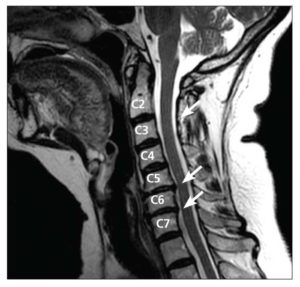
Numbing medications, such as lidocaine, also can be injected to relieve neck pain. A health care provider might inject steroid medications near the nerve roots, into the spinal joints or into the muscles in the neck. However, if used for more than three hours at a time or for more than 1 to 2 weeks, a collar might do more harm than good. A soft collar that supports the neck may help relieve pain by taking pressure off the neck. However, there's little evidence that TENS works for neck pain. Electrodes placed on the skin near the painful areas deliver tiny electrical impulses that may relieve pain.
Transcutaneous electrical nerve stimulation (TENS). Physical therapy might also involve the use of heat, ice and other measures to help ease pain. A physical therapist can teach correct posture, alignment and neck-strengthening exercises. If pain relievers you can buy without a prescription don't help, your health care provider might suggest prescription NSAIDs or muscle relaxers. Pain relievers might include nonsteroidal anti-inflammatory drugs (NSAIDs), such as ibuprofen (Advil, Motrin IB, others) or naproxen sodium (Aleve), or acetaminophen (Tylenol, others). Pain relievers and the use of heat might be all that's needed. The most common types of mild to moderate neck pain usually respond within two or three weeks to self-care. Blood tests can sometimes provide evidence of inflammation or infections that might be causing or contributing to neck pain. The test measures the speed of nerve conduction to determine whether nerves are working properly. It involves inserting fine needles through the skin into a muscle. An EMG can determine whether neck pain might be related to a pinched nerve. Imaging studies are best used with a careful history and physical exam to determine the cause of pain. 
It's possible to have X-ray or MRI evidence of structural problems in the neck without having symptoms. The soft tissues include the disks, the spinal cord and the nerves coming from the spinal cord. MRI uses radio waves and a strong magnetic field to create detailed images of bones and soft tissues. CT scans combine X-ray images taken from many different directions to produce detailed cross-sectional views of structures inside the neck.

X-rays can reveal areas in the neck where the nerves or spinal cord might be pinched by bone spurs or other changes.







 0 kommentar(er)
0 kommentar(er)
